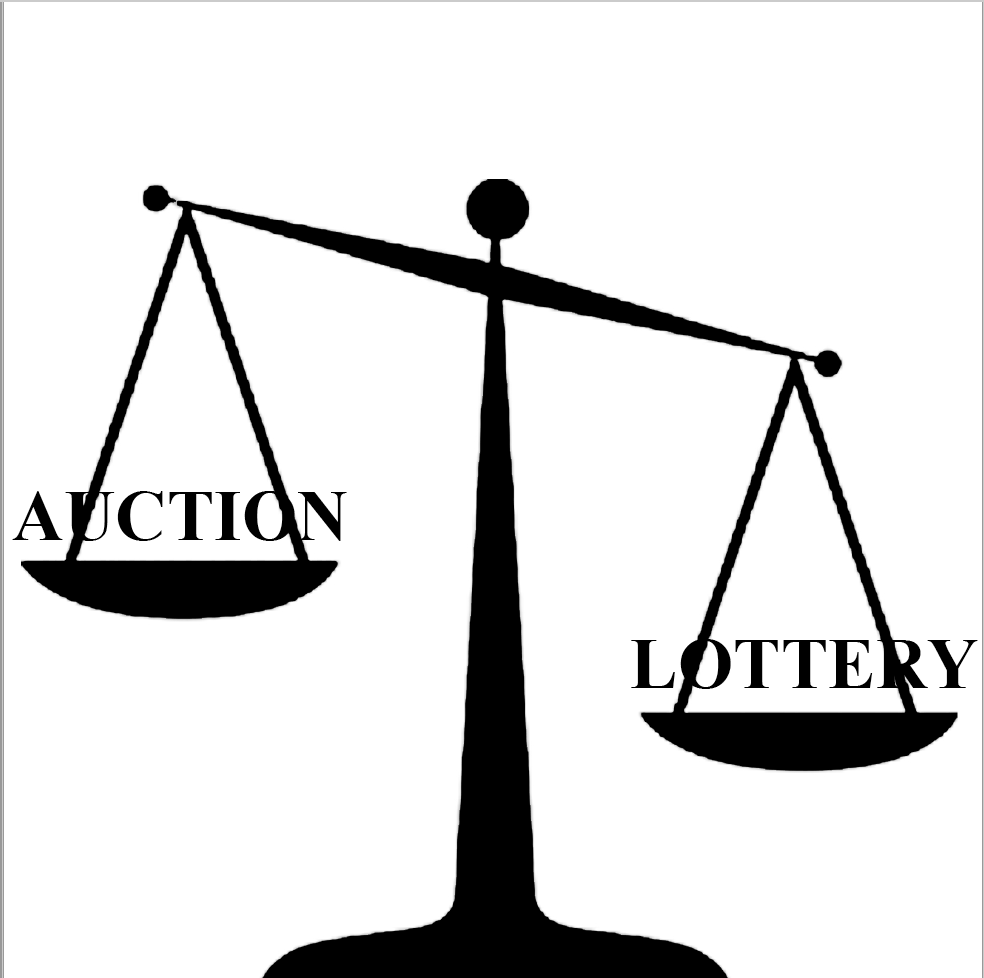| Title | Distributional Effects of Lotteries and Auctions —License Plate Regulations in Guangzhou |
| Publication Type | Journal Article |
| Year of Publication | 2017 |
| Authors | Shenhao Wang, Jinhua Zhao |
| Journal | Transportation Research Part A: Policy and Practice |
| Volume | 106 |
| Pagination | 473–483 |
| Date Published | 11/2017 |
| Keywords | auction, automobile regulation, distributional effect, lottery, mixed logit model |
| Abstract | Lotteries and auctions are common ways of allocating public resources, but they have rarely been used simultaneously in urban transportation policies. This paper presents a unique policy experiment in Guangzhou, China, where lotteries and auctions are used in conjunction to allocate vehicle licenses. Guangzhou introduced vehicle license regulations to control the monthly quota of local automobile growth in 2012. To obtain a license, residents are required to choose between the lottery and auction method. Since the introduction of the regulations, there has been heated debates on the distributional effects of lotteries and auctions; however, the debates have not been grounded in empirical studies. We analyze the distributional effects of such mixed mode of resource allocation in a positive manner based on individual behavioral choices. We conducted a survey in January 2016 (n = 1,000 people * 12 months), and used mixed logit models to analyze how socio-economic status, including income and automobile ownership, determined people’s choices among lottery, auction, and non-participation alternatives. We find that income increased participation, but did not influence non-car owners’ choices between lotteries and auctions, which contrasts with the common notion that lotteries benefit the poor. Additionally, the positive impact of car ownership on participation indicates a car-dependent trajectory for automobile growth. The significant socio-economic differentiators between lotteries and auctions were age, gender, and education. Proxies of mobility needs were insignificant overall. The program attributes had a much larger impact than all other variables—people were more likely to choose lotteries with higher winning rates and more participants and more likely to choose auctions with higher prices and more participants. We concluded that for those who participated, the choice between lotteries and auctions did not depend on their income or mobility needs but, rather, the probability of winning plates and the opportunity for speculation. |
| URL | https://mobility.mit.edu/sites/default/files/Wang_2017_gz_car_restriction.pdf |
| DOI | 10.1016/j.tra.2017.10.011 |
| Refereed Designation | Refereed |
image:
